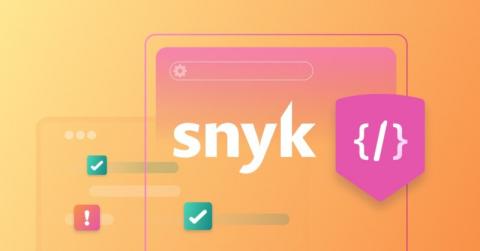SnykCon recap: Automation for better compliance and faster feedback loops
Automation is a key component of DevSecOps because it increases efficiency. Automating work in your software development lifecycle helps you integrate multiple tools into your workflow. It also lets developers, maintainers, and security champions focus on coming up with creative solutions for tough problems, rather than spending time on tedious manual tasks.











